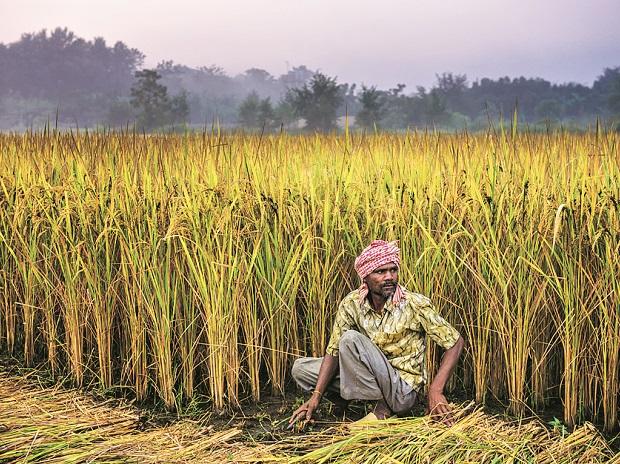2018-05-18-Water-Index-Report_vS8-compressed
Introduction
- The NITI Aayog report on Composite Water Management Index said that India is facing its ‘worst’
water crisis in history. - The think tank ranked states across nine broad sectors with 28 different indicators covering ground
water, restoration of water bodies, irrigation, farm practices, drinking water, policy and
governance.
Key Findings in the Study
- About 60% of the States were marked as “low performers” and this was cause for “alarm”.
- The report has predicted that by 2030, the country’s water demand is projected to be twice the
available supply, implying severe water scarcity. - Nearly 600 million Indians faced high to extreme water stress.
- About 2,00,000 people died every year due to inadequate access to safe water.
- 52% of India’s agricultural area remains dependent on rainfall so the future expansion of irrigation
needs to be focused on last mile efficiency. - Twenty-one cities, including Delhi, Bengaluru, Chennai and Hyderabad will run out of groundwater
by 2020, affecting 100 million people. - Critical groundwater resources, which accounted for 40% of India’s water supply, are being
depleted at “unsustainable” rates and up to 70% of India’s water supply is “contaminated”. - If the present situation continues, there will be a 6% loss in the country’s GDP by 2050.
- The combination of rapidly declining groundwater levels and limited policy action is likely to be a
significant food security risk for the country.
Significance
- Ranking of states/UTs will ensure that principle of competitive and cooperative federalism is
actualised in India’s water management system. - It will help build pressure on states that have not performed well to improve their water
management techniques. - It will provide useful information for States and concerned Central Ministries and Departments
enabling them to formulate and implement suitable strategies for better management of water
resources.
Present Water Crisis
- Taps in Shimla went dry this summer, posing an unprecedented water crisis in the hill town.
- Failure of State governments to check unplanned development and exploitation of water resources.
- The vegetation pattern has changed, tree cover is shrinking and unscientific dumping of debris in
water streams is rampant. - The debris blocks the natural course of water bodies.
- Increasing number of tube wells resulting in depletion of groundwater.
- Changes in farming patterns lead to consumption of more water for irrigation and also change the
soil profile because of the use of fertilizers. - The states ranked lowest – like Uttar Pradesh, Haryana and Jharkhand – are home to almost half of
India’s population along with the majority of its agricultural produce.
Implications
- India’s water crisis has implications for the health of the entire population.
- Farmers suffer crop losses.
- Decrease in tree cover, shrubs and grass in the catchment areas.
- Queues for government water tankers and public taps are already a common sight in Indian slums.
- Policies like giving free electricity to farmers or financial support for groundwater extraction results
in uncontrolled exploitation and wastage of resource.
Concerns / Challenges
- Primarily water is not valued in India. “People think it is free.”
- There is great awareness now about air pollution; however, India’s water crisis does not get that
kind of attention. - Inter-State river disputes.
- Adverse climatic conditions are believed to be the main factor for reduced flow in streams.
- Drying up of the streams and increasing erratic pattern of rainfall.
- In cities and towns, lack of infrastructure to deliver piped water to homes.
- Poor data management and an abject failure to properly price water.
- Where data is available, it is often unreliable due to the use of outdated collection techniques and
methodologies.
Way Forward
- Deepen our understanding of our water resources and usage and put in place interventions that
make our water use efficient and sustainable. - Augmentation of watersheds that can store more good water, for use in agriculture and to serve
habitations. - Strict pollution control enforcement.
- Decentralisation of irrigation commands, offering higher financial flows to well-performing States
through a National Irrigation Management Fund. - Groundwater extraction patterns need to be better understood through robust data collection.
- With steady urbanisation, augmenting sources of clean drinking water supply and treatment
technologies will encourage reuse. - Pollution can be curbed by levying suitable costs.
- Poor maintenance of pipelines, consistent leakage and illegal tapping of water are some of the
issues that need to be addressed on a war-footing. - Adopting rainwater harvesting techniques is the need of the hour.
- A legal mandate will work better than just competition and cooperation; it would make
governments accountable. - These forward-looking changes would need revamped national and State institutions, and updated
laws.
